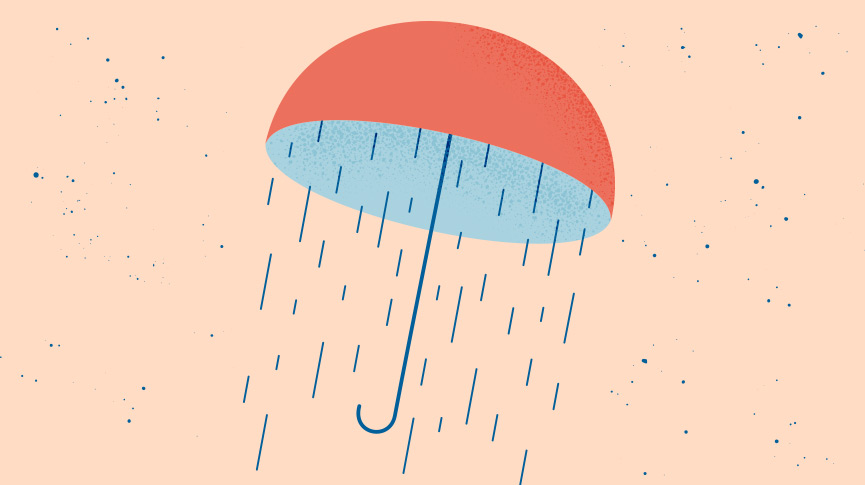How to Deal with an Overactive Bladder

This article was medically fact-checked by Women’s health expert and Gynaecologist Dr. Alyssa Dweck.
Urination is a normal part of a healthy, functioning body, but when does an ‘active’ bladder become an ‘overactive’ bladder? On average, you can expect to go about eight times a day; if you down a Route 44 Slurpee, at least one extra trip to the loo is in your near future. But an overactive bladder is more than frequent urination.
What Qualifies As An Overactive Bladder?
Often referred to as urge incontinence, having an overactive bladder involves sudden, sometimes uncontrollable, urges to urinate that feel like your body screaming “YOU GOTTA GO NOW!”
You may be one of the millions who suffer from an overactive bladder if:
- You get an intense, overwhelming need to go unexpectedly
- You’re peeing a lot (more than eight times a day)
- There are times you’re not able to make it to the toilet
- You find yourself rushing to the bathroom only to release a few drops
Ok, So Why Does This Happen?
Urge incontinence is typically caused by involuntary bladder contractions or spasms. This can occur as a result of several underlying factors.
Nerve damage
Bladder function is triggered by nerve signals. If those nerves are damaged due to a stroke, diabetes, MS, or other serious medical condition, they may tell your bladder to contract when it isn’t full and cause leaks.
Weak pelvic muscles
Your pelvic floor muscles are vital to maintaining urinary continence. Over your lifetime, they may become weakened as a result of pregnancy and childbirth, menopause, genetic factors, or even weight gain. This can lead to bladder leaks and other serious conditions.
Aging & menopause
Like the rest of your body, your bladder experiences significant changes after menopause. Since bladder tissue is responsive to estrogen levels, a drop in its production combined with an overall loss of muscle tone associated with aging may lead to a weakened bladder.
Urinary tract infections
The symptoms of an overactive bladder are easily confused with those of a UTI (urinary tract infection), so be sure to consult your healthcare professional before making any self-diagnoses to ensure proper treatment.
What Can I Do About It?
If you are experiencing symptoms of an overactive bladder, the first thing you should do is consult your doctor. But in the meantime, don’t despair! There are some simple solutions you can try at home to help you improve bladder function and reduce urge incontinence.
Change your diet
Your bladder health and habits are directly related to your diet, so what you put in directly correlates to what you get out. Some small dietary changes can help keep leaks at bay. Of course, there are the obvious tips like controlling liquid intake and avoiding diuretics like caffeine and alcohol. But carbonation, sugar, and spicy foods can also contribute to bladder leaks.
Start kegeling
Kegels have many amazing benefits, not least of which is helping prevent and treat bladder leaks. So if you’re struggling with an overactive bladder, start squeezing!
Facts checked by:
Dr. Alyssa Dweck
Alyssa Dweck MS, MD, FACOG is a practicing gynecologist in Westchester County, New York. She provides care to women of all ages; she has delivered thousands of babies. She is proficient in minimally invasive surgery and has special interest and expertise in female sexual health and medical sex therapy. She is top doctor in New York Magazine and Westchester Magazine. Dr. Dweck has co-authored three books including the most recent release The Complete A to Z For Your V.
Written by:

A collective group of “lady experts” at Intimina who love sharing our personal experiences, even when they are a little too personal. We believe it’s time to start breaking down the taboos around menstruation, motherhood, and menopause, and start owning our female health.



